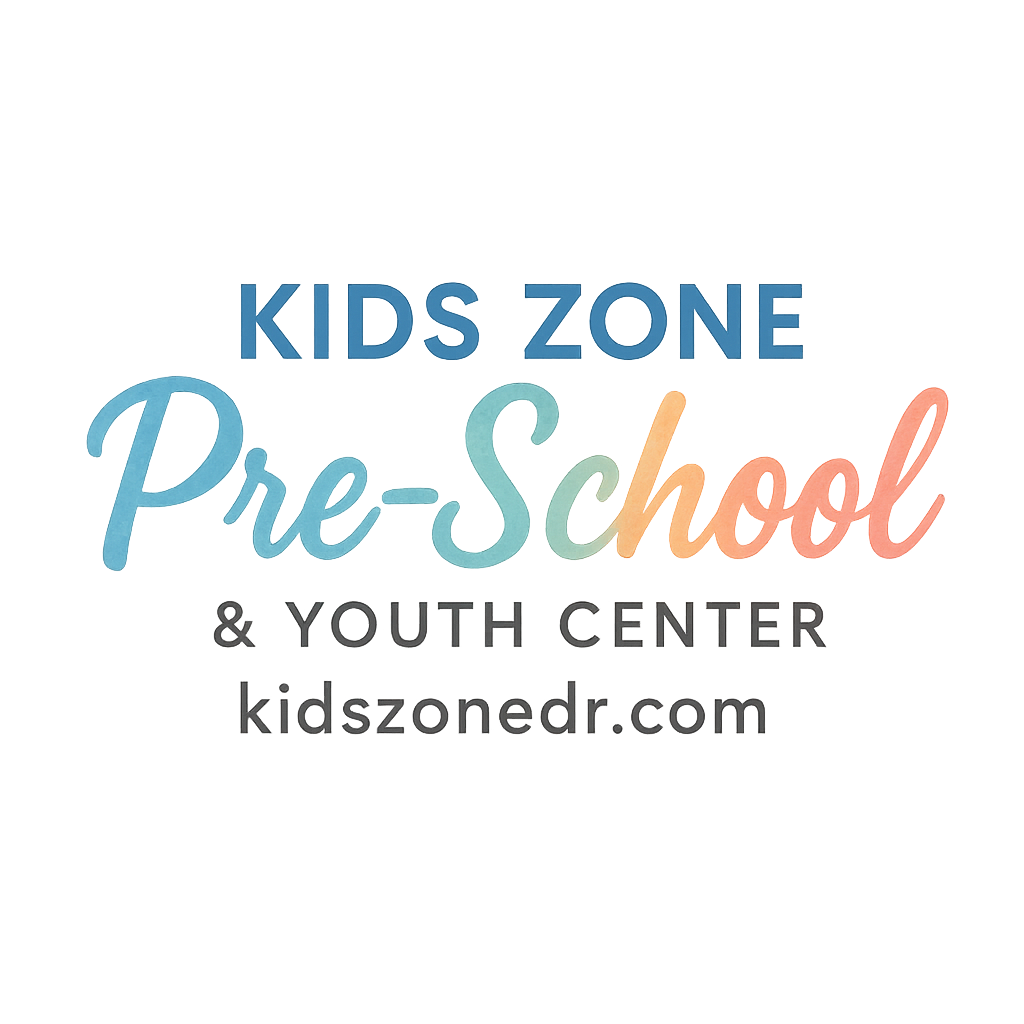Raising a preschooler is a wild mix of joy, giggles, and sometimes, chaos. But here’s the good news—you don’t need a fancy preschool classroom to give your child meaningful, structured, and fun activities. With just a little creativity and intention, you can bring preschool & youth center activities right into your living room.
This guide walks you through 10 easy preschool activities you can set up at home, along with practical tips on how to make them educational, fun, and stress-free.
Why Home-Based Activities Matter for Preschoolers
When kids are little, every moment is a learning opportunity. Preschool centers and youth programs provide structure, but home-based activities give parents the chance to reinforce learning in a relaxed, personal way.
Benefits of Hands-On Learning at Home
- Strengthens parent-child bonds
- Builds confidence and independence
- Reinforces classroom skills
- Encourages creativity and imagination
Want more about development stages? Explore preschool learning and development for detailed insights.
Balancing Play and Learning
Think of it this way—children learn best when they don’t even realize they’re learning. That’s why combining play with structured activities gives them both joy and growth.
Setting the Stage for Successful Activities
Before you dive into activities, set yourself up for success.
Creating a Safe, Fun Learning Space
Find a cozy corner in your home. It doesn’t need to be Pinterest-perfect—a mat, some storage bins, and good lighting are enough. Safety first, especially when activities involve movement, scissors, or small items.
Check out health and safety in preschool for practical ideas on childproofing playtime.
Gathering Materials Without Overspending
Forget the shopping spree—you already have goldmines of learning tools in your kitchen drawers, recycling bin, and backyard. Paper rolls, plastic containers, blankets, and even leaves can become tools for imagination.
Activity 1: Storytelling Adventures
Stories are powerful. They spark imagination, build vocabulary, and teach moral lessons.
Using Puppets, Toys, and Family Members
Turn bedtime stories into mini theater shows. Use stuffed animals, puppets, or even kitchen spoons as characters. Invite siblings or grandparents to join in.
Tips to Encourage Child Talk
If your child is shy, pause during the story and ask questions like:
- “What do you think happens next?”
- “How do you think the bear feels?”
Encouraging child talk helps build language skills and self-expression. For more, check child talk tips.
Activity 2: Indoor Obstacle Course
Rainy day? Perfect for some indoor action.
Movement for Growth and Confidence
Obstacle courses improve balance, coordination, and confidence. Plus, they burn off that endless energy.
Simple Items You Already Have at Home
- Couch cushions → climbing mountains
- Chairs + blankets → tunnels
- Tape lines → balance beams
Encourage them to beat their own “best time.” Not only fun but great for confidence building—see confidence in kids.

Activity 3: DIY Arts and Crafts Station
Art lets kids explore their inner world.
Fostering Creativity and Fine Motor Skills
Cutting, coloring, and gluing all help with hand-eye coordination. More importantly, art teaches patience and expression.
Everyday Items That Inspire Big Ideas
- Egg cartons → caterpillars
- Old socks → puppets
- Pasta shells → jewelry
Want more creative preschool ideas? See preschool art projects.
Activity 4: Kitchen Science Experiments
The kitchen is secretly a science lab.
Making Learning Fun with Everyday Ingredients
Kids love mixing, bubbling, and watching reactions. It’s curiosity at work!
Safe and Mess-Free Experiments for Preschoolers
- Baking soda + vinegar → volcano
- Ice + salt → melting race
- Oil + water → science-in-a-jar
These experiments introduce basic science concepts and spark excitement for learning.
Activity 5: Music and Dance Party
Music isn’t just fun—it’s developmental gold.
Building Rhythm, Expression, and Habits
Dance builds coordination, rhythm boosts math skills, and singing strengthens memory. Put on some music and let loose together.
For related tips, check daily routines and activities.
Activity 6: Pretend Play & Role-Playing Games
Pretend play is how kids make sense of the world.
Building Social and Emotional Development
Set up a “grocery store,” “doctor’s clinic,” or “restaurant” using household props. Role-play teaches empathy, problem-solving, and communication.
If you’re preparing for your child’s first day of preschool, pretend play is a gentle way to practice. Learn more about first day tips.
Activity 7: Nature Walks and Outdoor Exploration
Fresh air + curiosity = the perfect combo.
Turning Walks into Learning Opportunities
Pick leaves, collect rocks, or look for bugs. Ask your child to describe what they see. A nature walk doubles as a science class and a wellness boost.
For a deeper dive into child wellness, visit wellness tips for kids.
Activity 8: Building Blocks and Construction Play
Blocks aren’t just toys—they’re little architects in action.
Enhancing Problem-Solving and Structure Understanding
Building towers teaches balance, patience, and problem-solving. When it falls? That’s an early lesson in resilience.
Curious about routines that support structured play? Read more about structure in preschool.
Activity 9: Sensory Play with Everyday Materials
Kids learn with all their senses.
Boosting Brain Development Through Exploration
- Rice bins → treasure hunts
- Shaving cream → letter tracing
- Water play → sorting objects
Sensory play supports brain development and calms restless kids. See more on kids’ development.
Activity 10: Daily Routine Games
Routine doesn’t have to be boring.
Making Structure and Schedules Fun
Turn everyday tasks into games:
- Brushing teeth → “toothbrush race”
- Cleaning toys → “clean-up song”
- Bedtime → sticker reward chart
Explore ideas for fun daily schedules to make transitions smoother.
How Parents Can Stay Consistent
Consistency is the secret sauce.
Blending Fun with Discipline
Kids thrive when rules are clear. Blend flexibility with boundaries, so they feel secure while exploring.
Encouraging Involvement Without Pressure
Not every day has to be packed. Sometimes, a cuddle and a story are enough. Learn how to balance with parental involvement tips.
Additional Tips for Preschool Parents
Health, Nutrition, and Wellness in Activities
Healthy snacks can be part of learning. Involve your child in preparing fruit salads or smoothies—it builds healthy eating habits early. See healthy eating.
Encouraging Growth Milestones Step by Step
Don’t compare. Every child develops differently. Celebrate milestones and support areas that need time. Explore more on child growth milestones.
Conclusion
Preschool activities at home don’t need to be complicated. With a bit of imagination and consistency, you can create fun, affordable, and educational experiences right in your living room or backyard. These 10 easy preschool and youth center activities will not only keep your little one entertained but also support their learning, confidence, and overall growth.
Remember: it’s not about doing everything perfectly—it’s about creating joyful moments that stick.
FAQs
1. How often should I do preschool activities at home?
Aim for short daily activities, around 20–30 minutes. Consistency matters more than duration.
2. What if my child loses interest quickly?
That’s normal! Switch activities, keep sessions short, and follow your child’s lead.
3. Do I need to buy special supplies for activities?
Not at all. Most activities can be done with items you already have at home.
4. How can I balance screen time with these activities?
Create a daily routine where play and learning activities come before screen time.
5. Are these activities safe for toddlers under 3?
Yes, but always supervise and adjust for safety—avoid small objects and sharp tools.
6. How do these activities prepare my child for preschool?
They build social, emotional, and cognitive skills that match classroom learning. See choosing the right preschool for more.
7. Can I involve older siblings in these preschool activities?
Absolutely! Older kids can guide, play, and model learning, turning it into family bonding time.


